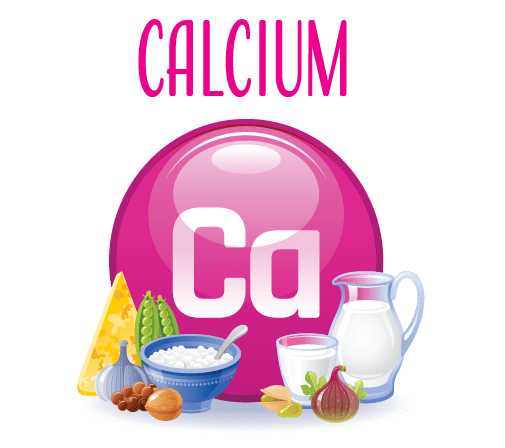Exploring Calcium: Sources for Strong and Healthy Bones
While most people think of milk and other dairy products as the primary sources of calcium, there are many other food options that can provide the same benefits. Leafy greens such as spinach, collard greens, and kale are excellent sources. Nuts, seeds, and beans are also good options for those looking to increase their intake without consuming dairy. Fortified products such as orange juice, cereal, and plant-based milks can also provide a substantial amount of calcium.
It’s essential to ensure that you are getting enough calcium in your diet to maintain strong bones, healthy muscles, and overall health. With so many options available, it’s easy to find a diet that suits your preferences and dietary restrictions. Talk to your doctor or a registered dietitian about how you can ensure that you’re consuming enough calcium for your body’s needs.







